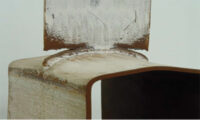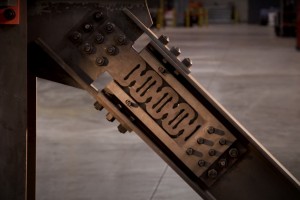By Matt Barnard
Somewhere, the earth is shaking. Earthquakes happen frequently throughout the world but often go unnoticed or are of little concern. Occasionally, earthquakes are much larger with shaking that impacts people and the built environment and cause tremendous loss of life, as we saw last year with the disaster in Turkey. In a world that seems to be more connected than ever, whether through our instantaneous sharing of everything to our global economies and supply chains, we now almost immediately see and then are impacted by these large earthquakes whether we have personally felt the shaking or not.
…





